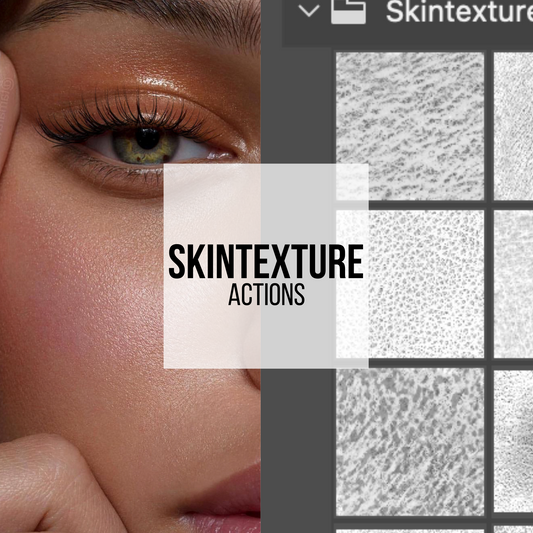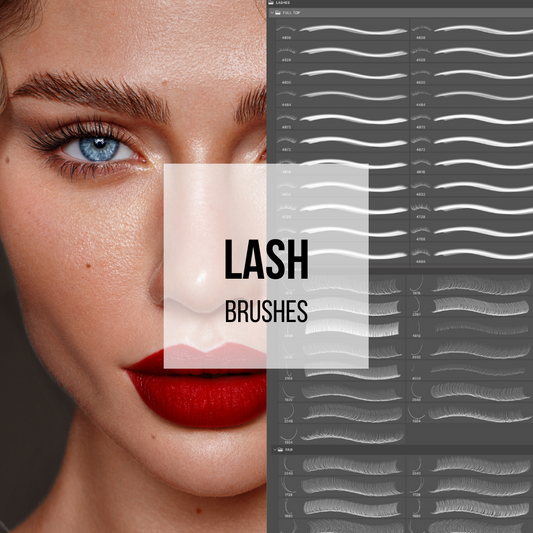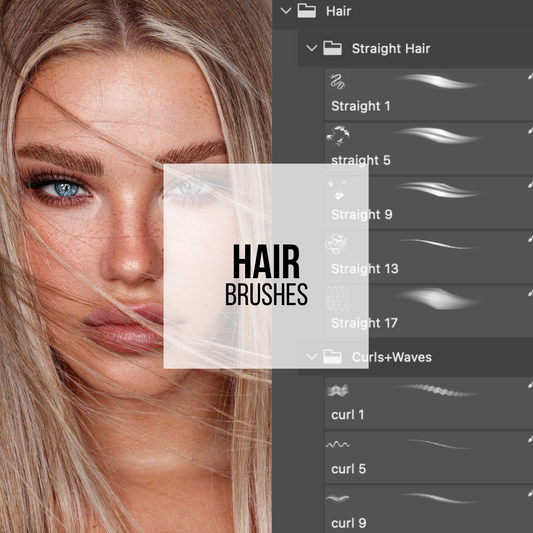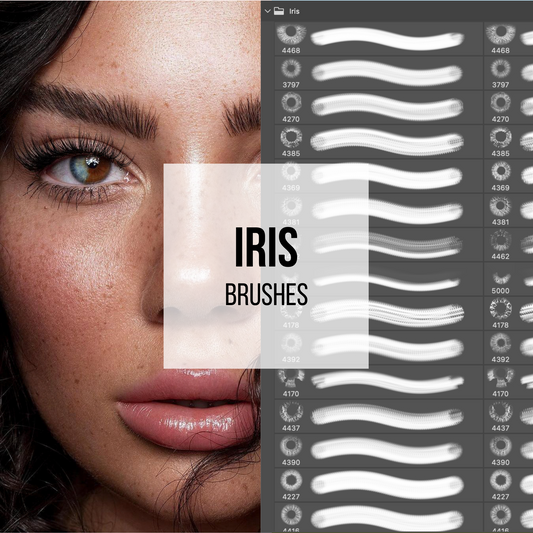The Impact of Lighting on Skin
Lighting shapes how skin looks in photos. Great lighting smooths out imperfections, emphasizes natural beauty, and crafts flattering images. Bad lighting can, however, highlight flaws, create harsh shadows, and distort colors. For anyone keen on creating visually captivating content, mastering these techniques is essential. Our High-End Retouching tools are your secret weapon in perfecting this craft.
Best Lighting Types for Skin
1. Natural Light
Natural light often brings out the best in skin. The sun offers broad, soft light that enhances skin tones, giving a natural glow. The golden hours—shortly after sunrise and before sunset—provide diffused, warm light perfect for capturing skin beautifully.
Tip: Position your subject so sunlight hits them from the side or at a 45-degree angle. This avoids harsh shadows and highlights, creating a soft, natural effect. Our masterclass teaches you to make the most of these golden moments.
2. Softbox Lighting
Softbox lighting is a studio favorite because it mimics natural light. Softboxes diffuse light, reducing harsh shadows and providing even illumination, ideal for portrait photography.
Tip: Use a large softbox for broader light. This results in softer, more flattering lighting on the skin. For that flawless finish, our High-End Retouching tools come in handy.
3. Window Light
Window light is a readily available, natural source that is soft and diffused. Positioning your subject near a window creates a flattering, natural look.
Tip: For drama, position your subject at an angle to the window. This highlights one side of the face while casting gentle shadows on the other, a technique covered in our masterclass for advanced lighting.
4. Reflectors
Reflectors bounce light onto your subject, filling in shadows and creating balanced exposure. They soften skin appearance and highlight features, making them essential in portrait photography.
Tip: Place the reflector opposite your light source to bounce light back onto your subject, enhancing skin tones and reducing shadows. Our High-End Retouching tools will refine this balance further.
Additional Tips for Flattering Skin Lighting
- Avoid Overhead Lighting: Overhead lights can cast unflattering shadows, particularly under the eyes and nose. Side or front lighting is more even and flattering.
- Mind the Color Temperature: The color temperature of your light source impacts skin tones. Warm lights (around 3200K) give a golden glow, while cooler lights (around 5600K) offer a more neutral tone.
- Use Multiple Light Sources: Combining different light types can create a more dynamic photo. A softbox for primary light and a reflector to fill in shadows can look very professional.
- Experiment with Angles: The light’s angle can drastically alter skin appearance. Try different angles to find what best highlights your subject's features.
Conclusion
Finding the best lighting for skin involves understanding how various light sources interact with skin tones. Natural light, softbox lighting, window light, and reflectors each offer unique benefits to enhance skin in photos. By experimenting with these techniques, you can discover the most flattering lighting for your subjects, creating beautiful, professional-looking images.
Mastering the art of lighting will help you capture the natural beauty of skin, making your photos stand out. Our High-End Retouching tools and masterclass are here to perfect every shot, ensuring your images are always top-notch.





